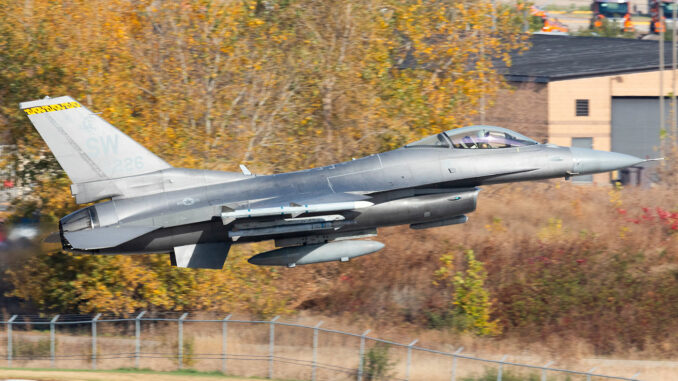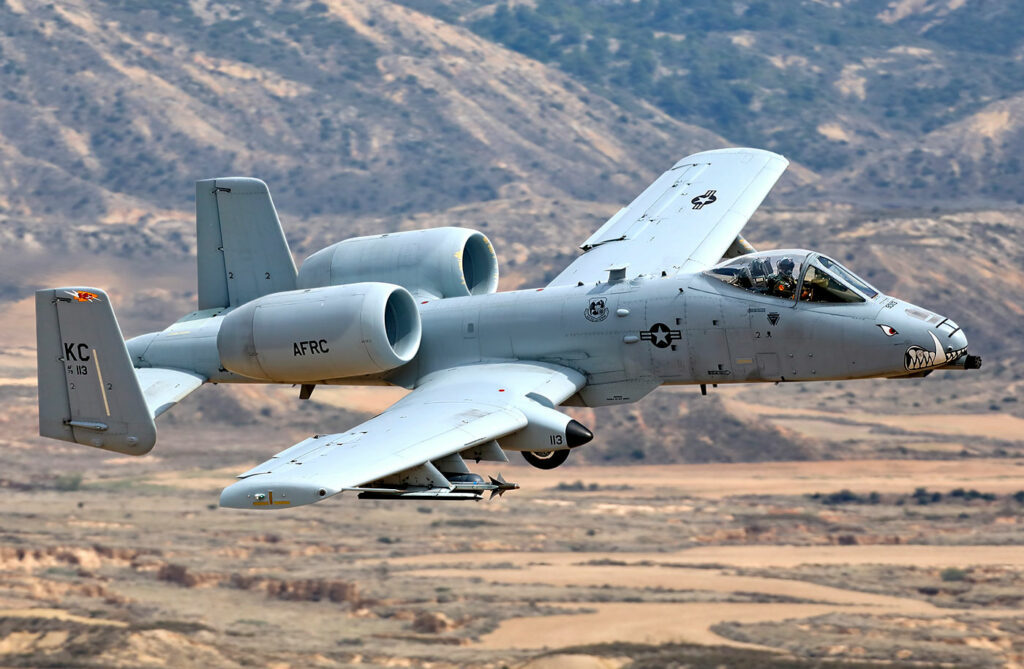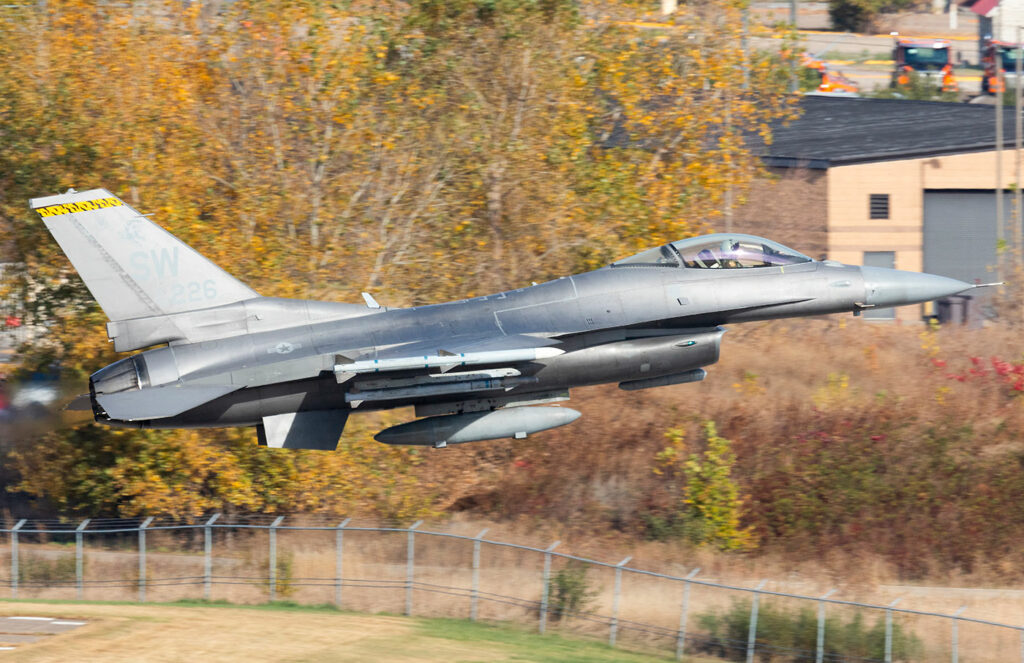
The withdrawal of the A-10 from Korea marks a modernization with the integration of the F-16, F-15EX and F-35A, optimizing air combat capabilities.
The US Air Force is withdrawing its 24 A-10 Thunderbolt IIs from Osan Air Base, South Korea, by autumn next year. This withdrawal is part of a modernization strategy that includes upgrading the F-16 and integrating the F-15EX and F-35A. These aircraft provide multi-role flexibility, advanced stealth capabilities and increased operational range. Although the A-10 is acclaimed for its performance in close-air support, its vulnerability to modern defense systems justifies its gradual withdrawal.

A-10 features and role
The A-10 Thunderbolt II, designed by Fairchild Republic, has been in service since 1977. They are prized for their unique Close Air Support (CAS) capability. Equipped with a 30 mm GAU-8 Avenger cannon, these aircraft are nicknamed “flying tanks” thanks to their titanium hulls and their ability to fly at low altitude and low speed. Their ability to operate in complex environments has long been unsurpassed.
However, A-10s are increasingly vulnerable to modern defense systems. Their design, while robust, does not incorporate the stealth technologies or advanced sensors of newer aircraft. What’s more, their age limits their modernization, unlike the F-16s, which have received significant upgrades. For example, A-10s cost around €15,000 per flying hour, compared with €10,000 for F-16s, making them less economical to operate.
Modernization: the arrival of the F-16, F-15EX and F-35A
The replacement of the A-10 by the F-16, F-15EX and F-35A marks a strategic transition. The modernized F-16s incorporate fifth-generation avionics systems, increasing their precision and survivability. The F-15EX, with its increased weapons capability (up to 22 air-to-air missiles), offers superior range and strike power. Finally, the F-35A, with its stealth features and advanced sensors, provides enhanced situational awareness and precision strikes.
The overall cost of the F-35 program, estimated at 2,000 billion euros over its lifetime, reflects its multi-role capabilities. These aircraft are used by countries such as Japan, Israel and Italy, consolidating their position in the global defense market.
Strategic implications for the Korean peninsula
The withdrawal of the A-10s and their replacement by modern aircraft is part of a regional strategy to counter emerging threats, particularly from North Korea. The advanced capabilities of the F-35A and F-15EX reinforce deterrence, while offering greater interoperability with regional allies such as South Korea and Japan.
At the same time, Korean forces are also integrating aircraft such as the FA-50, a locally-built aircraft, to complement their capabilities. This partnership strengthens regional cooperation in the face of strategic challenges.

Long-term challenges and prospects
The decision to retire the A-10s has sparked debate. Some argue in favor of transferring them to the US Army, which could use them for specific missions, notably against irregular forces. However, modernization and maintenance costs limit this option.
In the future, the ongoing modernization of the F-16 and the extension of the F-35’s capabilities could redefine air strategies. Increased use of UAVs in close support missions is also envisaged, offering a cheaper and more adaptable alternative.
War Wings Daily is an independant magazine.